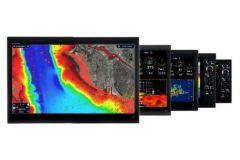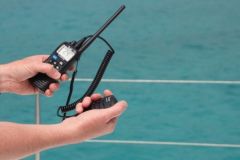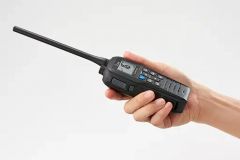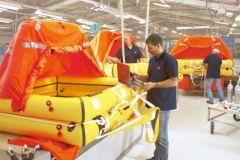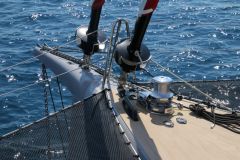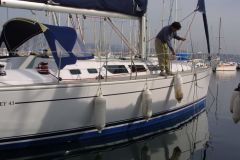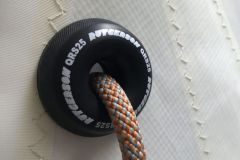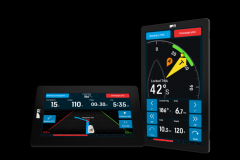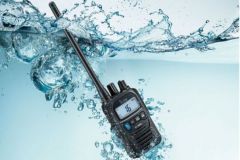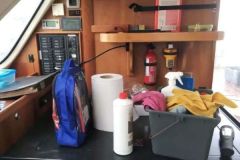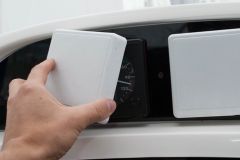While it's easy to remember what we need to carry, because it's part of what we've learned, it can be hard to remember how many plates, blankets, stacks or even books we have on board our boats. Clearly, because we add them as we go along and are sure we remember what we just added. Is this really the case?
However, taking an exhaustive inventory of what is on board our boat is neither a challenge nor a gadget, as long as we do it when we unload everything, as will soon be the case during the winter season.
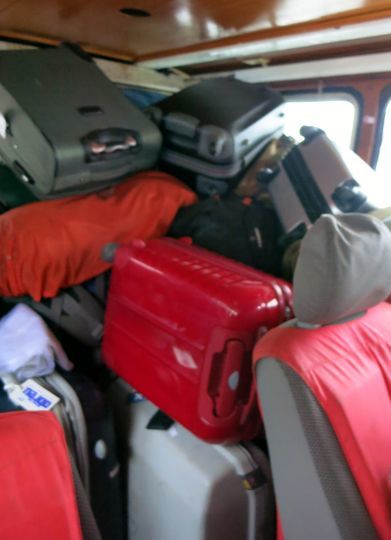
This list will be useful when you put the boat back in the water, as well as in case of theft during the season or worse, in case the boat sinks. This inventory will allow you to claim from the insurance company, which will be all the more inclined to trust you if you are able to present such a document.
Organize the list
Building an inventory from scratch is almost unthinkable. There will probably be several of you emptying the boat and if everyone has to write down the name and number of each item, there is a real chance that things will get boring after ten items.
In order to avoid frustration, we propose to make a list by category:
- Life on board
- This list will include everything related to comfort ( dishes, blankets ) and the well-being on board ( aperitif, games and books ). Toiletries, cleaning products and toilet paper will also be included in the register of life on board!
- Electronics & Electricity
- This list will include everything that plugs in and/or is powered. From the boat's electronics (VHF, AIS or radar) to the reading light brought on board, everything that requires power is listed in this section. And, also, everything that is used to provide this power, the number of service batteries, the batteries on board or the quantity (and amperage) of fuses and the length and section of the electrical cable to connect you to the dock.
- Fittings
- Spare ropes, sails and other propellers are part of the equipment that is naturally on board. But in what quantity, of what type, of what length... That's the purpose of this section. About the ropes, remember to note their diameter and, if you remember, the year they were fitted, so that you can replace them between 5 and 10 years later depending on the case.
- Cambuse
- Make a comprehensive list of the food products you have, with expiration dates, to avoid letting them go overboard this winter. Also, note if any products are opened and check the shelf life recommendations once they are.
- Individual
- Each regular user of the boat (spouse, child, friend ...) will bring and leave on board, most often, things that are specific to him. Whether it's a piece of clothing, a book or shoes, it's in our nature to spread it all around. That's why we recommend that you list these clothes, their owner and the size of each. In passing, label them with the owner's first name. If it's books or games (the teenager's switch, the captain's sudoku book or your husband's foreign language manual), toiletries or hygiene products (sanitary pads, condoms or hair elastics), note who owns them. And talk about whether or not you need to have it on board all the time.
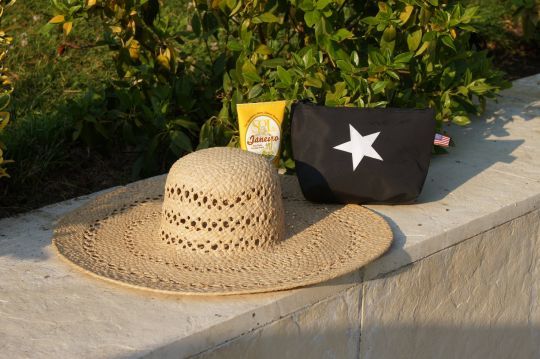
- Safety equipment
- If we have enough life jackets on board, few of us know their expiration date. Nor do we remember, of course, whether we have one or two bails in the boat. Whatever the answers to these questions, it is crucial to list all the safety equipment in number and quality (validity date, condition ...). This is all the more important as we know the composition of this list and there is no doubt that nothing is missing, right?
- Tools and Mechanics
- A relative of either too rich or too poor on our boats, the mechanical part will never contain the tool we need, when we need it. Record in this section everything related to the operation of the boat. From fueling funnels to a screwdriver for tightening the gas oven injector, every tool should be listed. Also note its condition, a wrench that has been sitting in the engine compartment for an entire season in a mixture of salt water and engine oil will definitely need to be replaced for next season!
- Drugs and health
- Except for offshore sailing, medical equipment is not mandatory on board. However, we all have a medicine cabinet, more or less stocked, with medicines and care accessories for anything that might happen on board. It is out of the question to unload all this material without inspecting the state of each box (opened or not) and, especially, its validity date. If the date has passed or will pass during the winter, mention it in the comments and plan to replace it. Think about anything that may have suffered from moisture on board (bandages, strips ...) and check that there are no traces of mold.
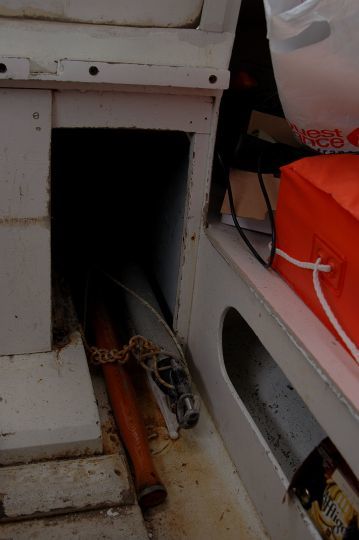
- Memories and Memory
- We like to keep traces of the places we visit. While it is obviously not a question of taking anything from nature (collecting pebbles is absolutely forbidden), we have a natural propensity to like to remember the good times spent on the water. For example, I have a rusty old key from my first landing at Ramsgate or a 30 cm long piece of rock found on the beach at Skagen. These objects have no value, except sentimental. That is what is important. Make a list of them at the end of each season, so that you can remember, later, what you have experienced.
Reuse the list
This list is not to be thrown away, on the contrary. It will be a precious ally when you put the boat back in the water. You will be able to prepare everything that comes back (or not) on board and to reload all this junk. You can make each identified owner (clothing, shoes or book) responsible for his equipment and, thus, responsible for its return or not on board next season.
Tracking usage
There is a column missing from this list, the one that will allow you, next season, not to reload what you never use. This column will be used during the next navigation season, mentioning next to each item its uses. Of course, we are not talking about dating each use (except for specific cases such as medication or safety equipment) but, for example, to put a stick on the list each time you are going to use such or such equipment. If you find that it is never used, ask yourself if you should keep it on board!



